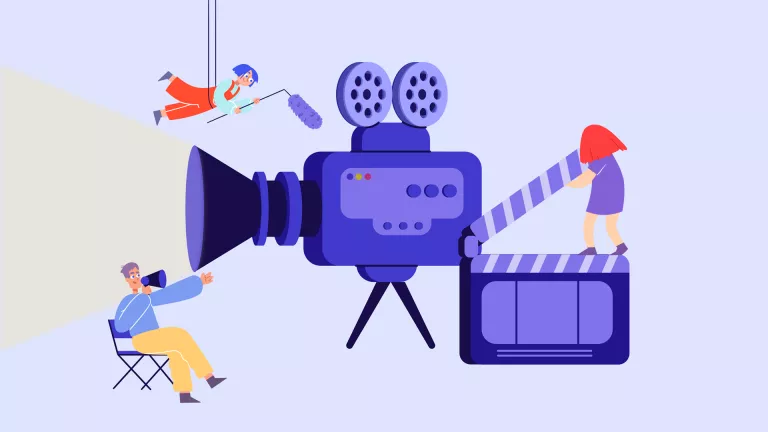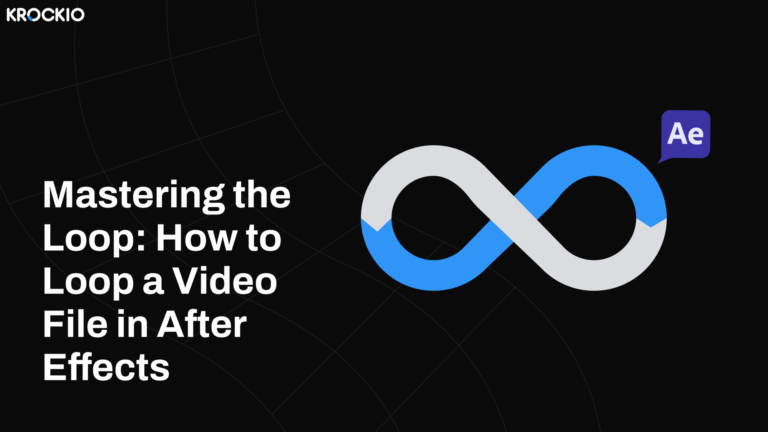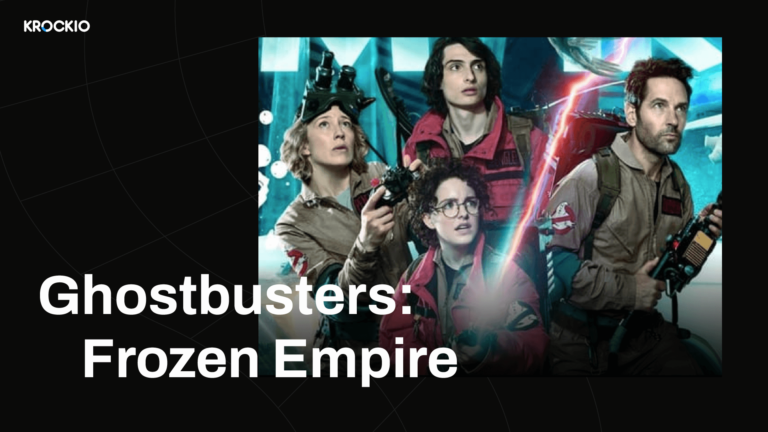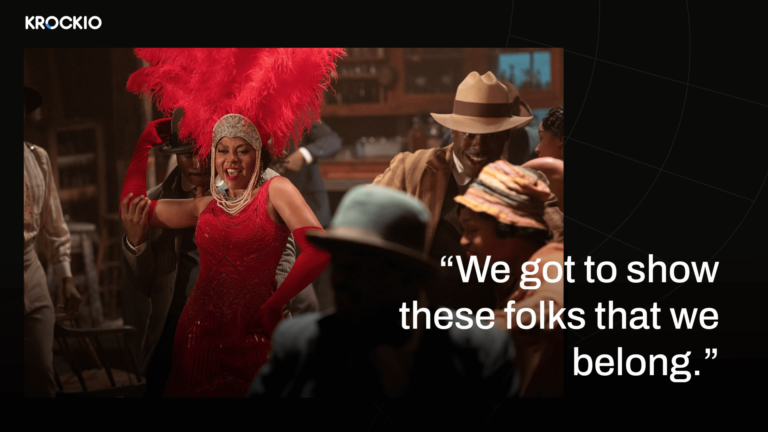When you work in the filmmaking industry, you know how important it is not to miss anything and complete all the tasks on time. Because if there is even one flow in execution, all the video production pipeline suffers from a domino effect.
Having rigorous control of your daily to-dos makes your life, and the life of all the team way easier.
Sure, our brain is a good place for storing information. But when you are under pressure or in a hurry, your trusty storage can let you down. Especially, if we are talking about such a complex and detail-oriented industry as motion pictures.
In this article, we will take a close look at how Krock can streamline video production workflow, and, therefore, contribute to faster, smoother delivery and, therefore, the sanity of the entire crew.
Chunk down the complex production process
Krock was built specifically with movie and TV companies in mind. Therefore, you can build a fully customizable, interactive pipeline for your project, using steps such as:
- Media – for all the motion, the still images, briefs, scripts (and many other files without a preview such as AI, PSD)
- Board – for storyboarding
- Folder – for grouping connected or dependable pipeline steps
- Link – to add a quick external link to your pipeline.
Usually, the team needs to use different software just to organize their working process. And that is on top of all the video-making and editing. But Krock substitutes them all and allows you to:
- manage your production pipeline
- review and collaborate both with your team and client on the media assets
- build a project timeline that automatically syncs with all the changes
- create an interactive storyboard
- choose the storage size that suits your needs
- have a single space where all the stakeholders can easily track project progress
But before we get into details of how miraculous Krock can be for your workflow, let’s break down the process of filmmaking. Regardless of the scale, there will always be 3 main stages: pre-production, production, and post-production.
Pre-production
There are several steps in the pre-production stage:
- Creative Brief
- Budget, timeline, and equipment list
- Crew assemble
- Map out other stakeholders
- Script
- Storyboard
- Concept art (a.k.a character development, pre-visualization, etc.)
- Shot list and filming schedule
We’ll go over every step of the video pre-production stage and have a look at how Krock can help you out with each of them.
Collaborate on Any Document – from Creative Brief to the Script
Every creative endeavor starts with a creative brief. But the very first stage is often a stumbling block, as all the major stakeholders have to participate and share opinions at this point. Here, both the team and clients need to reach a consensus on every detail of the project.
The same goes for the budget and equipment list and, of course, the Script. Usually, these stages include so many stakeholders that keeping track of everyone’s inputs and ideas becomes a nearly impossible challenge.
And there is no better way to overcome it than to have a shared, easily accessible space, where all the feedback is stored.
With the Krock PDF step, you can highlight the desired changes on any document. Be it the brief, or budget outlines in Excel, simply save your document as PDF and upload it to your Krock pipeline. You can highlight any request or idea anywhere with visual markup comments or use text comments to share general thoughts.
In Krock, all the feedback is trackable and time-coded. You can also filter comments by author or a specific file and sort them by date. You can mention your teammates in the comments and they will get an immediate email notification. And don’t forget about the feature to attach any type of file in comments. This is very handy for referencing or clarifying your queries.
Storyboard
The days of drawing scenes on different pieces of paper and putting them up on a bulletin board to convey a story in chronological order are long gone.
But if we talk about producing a film, this will eat up a big chunk of your precious time.
And anyway, the storyboard stage is essential to the pre-production process, as it shows how the plot will unfold. It also enables you to identify possible problems that would otherwise go unnoticed so you can optimize further the working process.
Surely, you can always opt for a good old pen & paper. But today, most companies use storyboard creator software that allows making changes to the sequence of shots without the need to re-arrange their order manually.
The problem is that storyboarding tools are never incorporated into the rest of the moviemaking process. So storyboard artists would have to develop a storyboard separately, then share it with the crew, and upload a new version every time there is a need for changes.

Interactive storyboard builder
Krock solves this with the built-in interactive storyboard creator that lets you:
- drag & drop storyboard frames – the order will sync automatically
- choose frame field notes (sound, camera, light, etc.)
- leave frame-specific or general comments, with team members mentions and file attachments
- choose whether the external stakeholder can comment on the storyboard
- share your storyboard via a link or as a PDF (with various display options).
Concept art
This is another point of the pre-production process when all the stakeholders’ opinions should be displayed in the same space.
Luckily, Krock’s feature of visual mark-up comments works not only on documents but on any kind of media. Images and video as well.

Visual comments on video frames
Just like with the PDF step type, all you need to do is upload the image you need to discuss, pinpoint the spot you wish to change, and post a comment mentioning your colleague. Once the team makes the necessary changes and the comment is no longer relevant, you can hit the “Resolve” button to let everyone know the issue is solved.
Shot list and filming schedule
Live performance filming schedules are a precise breakdown of how filming will go on each day of shooting. This is a scene-by-scene breakdown that links your storyboard with everyone’s duties and responsibilities.
If it is not a live-action, the production schedule indicates how long it will take designers, animators, and editors to complete the first rough cut. You should also mention who is in charge of what during the shooting. The more guidance you give your cast and crew, the better.
Task assignment and scheduling in the filmmaking industry are very complex and require a certain precision. However, there is a way to simplify it.
Krock offers a task assignment feature, as well as both an interactive calendar and a Gantt chart. These allow everyone on the team to stay on top of their duties, and project managers to optimize the workflow, by detecting gaps and overloads on the schedule.

Interactive Gantt chart
Production Stage
This step varies greatly depending on the type of project you’re creating and the media you’re using (eg video, animation, graphics, etc.). In general, it is recommended to set a certain amount of time for each media.
Krock also offers a handy feature to set dependencies between the steps of the production pipeline. Thus, the stages related to one another will gain a logical sequence, preventing do-overs and saving time and money.

Customized production pipeline
The Importance of BackUp
At the end of the day, the result of all your team’s hard work will be a memory card or SSD full of files. Probably a lot of them.
The very first thing you should do after removing a card from the camera is to back up it. After all, your team’s efforts are encapsulated in a few extremely fragile pieces of metal and plastic.
You will probably convert these files later to other formats, but you should always back up the original camera files.
In this case, cloud-based storage is the perfect solution.
Krock makes it possible with the technology of compressing large media files without loss of resolution. Once you upload 134.76 GB of video to the platform, you can then download it to any device, and it will be precisely 134.76 GB. Need to upload H.264 and H.265? No problem.
Plus, Krock supports 4K video playback, in case you need to find a perfect shot without downloading the asset.

Video playback in Krock
Film production will involve the creation of tens of thousands of individual audio and video files over the course of several weeks, and it’s important to organize all of these files properly.
A well-maintained folder structure system keeps each file in its proper position. In Krock, you can group assets and pipeline steps into folders and keep all the files neat and organized. For instance, group all the raw material of the particular scene with its shot list, its metadata, audio, graphics, etc.
Metadata particularly can be highly useful for the remainder of the post-production process.
The camera records some parts of metadata (for example, shutter speed, lens information, date, time, timecode, and so on). Other metadata is recorded independently (typically by a script supervisor) and may include the shot, scene, information about the take, performers in the shot, and the director’s comments about that shot.
If the editors (who are usually not on set) know which takes the director preferred, they will be able to create an edit that the director will be pleased with. So, don’t forget to include it in the specific folder.
Post-production
Post-production is when the raw footage, sound recordings, graphics, etc., are brought together into a cohesive unit. At this point, the footage goes through a collaborative editing process which may include several rounds. A good post-production workflow is critical to ensuring that everyone communicates effectively, remains on track with the project scope, and delivers the final result on time (or possibly even faster.)
The post-production stage would typically consist of the next key steps:
- Editing
- Versioning
- Collaborative review
- Final approval
- Delivery

Interactive Gantt chart
Editing and collaborative review in Krock
On most projects, organized raw materials (or dailies) must be divided into two groups: the editorial team and the reviewers (producer, director, client).
Sending files to the editorial team is a rather simple process if the editing crew is close by. However, we live in a remote world. And when the editorial staff is not close by, files are frequently sent over a cloud service such as Krock.io.
Shared cloud storage is essential for today’s film and TV productions. And Krock offers customized solutions besides its standard plans, with up to 100 Tbytes of storage.
Prior to digital cameras, all of the producers and the director would gather in a theater to watch the dailies being projected, as that was the only way to do it. Today, it is far more convenient for the reviewers and editors to collaborate on the footage online. Especially, when they can leave comments directly on the video.
Video comments in Krock are time-stamped, so every time someone wants to highlight a spot on a shot, a mark will automatically appear on the timeline.
Versioning
Editors should be able to easily compare versions during editing to understand where to apply changes to footage and to check if iterative modifications have been implemented.
In addition, you can move previously approved media files to the next version while you work on files that require changes.
It’s easy to submit different versions in Krock as you have a lot of options to do so. You can either invite a reviewer to a project, send a link to a colleague’s version, or share restricted viewer access like in Google Docs. The number of versions and reviewers in Krock is unlimited.

Viewer Access
Final approval & Delivery
The review and approval process should be as simple and structured as possible, regardless of the size of the project. Especially if the final reviewer or client is not an industry insider. The reality is that they don’t want to spend time learning complex software.
So while the team may use an enhanced version of the feedback features and have access to the entire project process, it may be appropriate to be able to work in an easy-to-use approval system when it comes to clients.
In Krock, you control the reviewer’s access. And when sending a version with a review request, the client receives a link to the media, a user-friendly interface to work with, and a one-click feature to approve or reject a version, as well as a possibility to leave their note on it.
Conclusion
The video creation process can quickly become simplified. With the right workflow in place, you will have a structure to break down large and complex projects into manageable, detailed tasks with clear deadlines and expectations for the main participants through each stage.
Krock provides all the features you need for effective video collaboration and project management. It has a strong case in the pool of affordable video production management solutions, with fees, an extendable trial, and a rewarded referral program.
If you want to give it a shot, sign up for our free trial or book a brief demo session with our team to become acquainted with all of the features right away.
Check out more articles on getting started with Krock:
- How to create your first project
- How to build your project pipeline
- Feature to leave visual comments
- Send a version for a client review
- Assign people to projects and manage roles
If you’re having any trouble or need any help, let us know.


